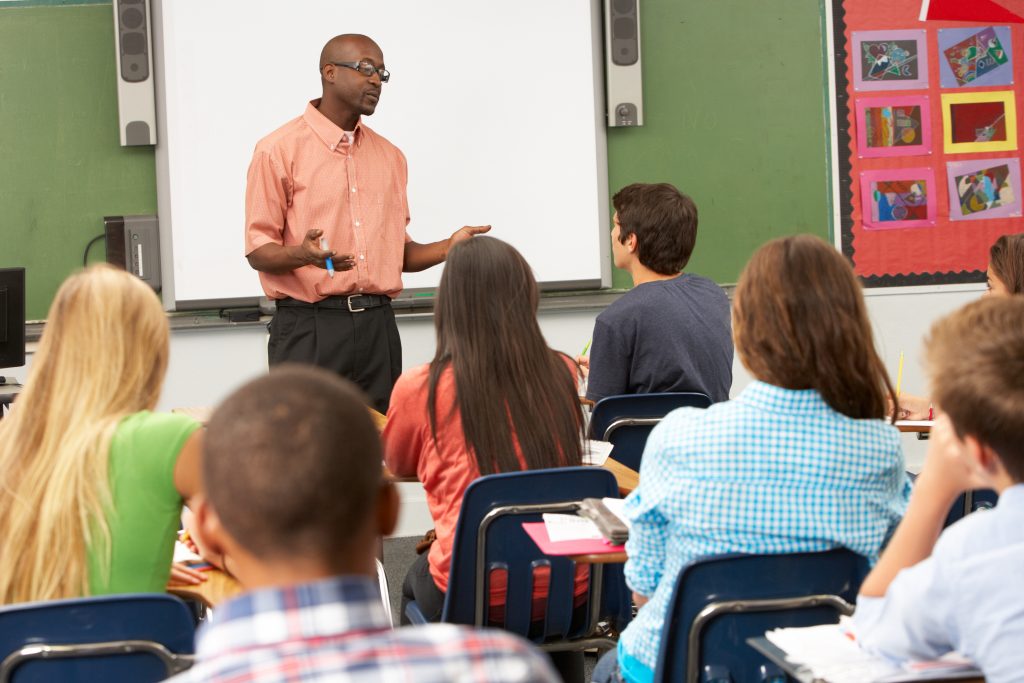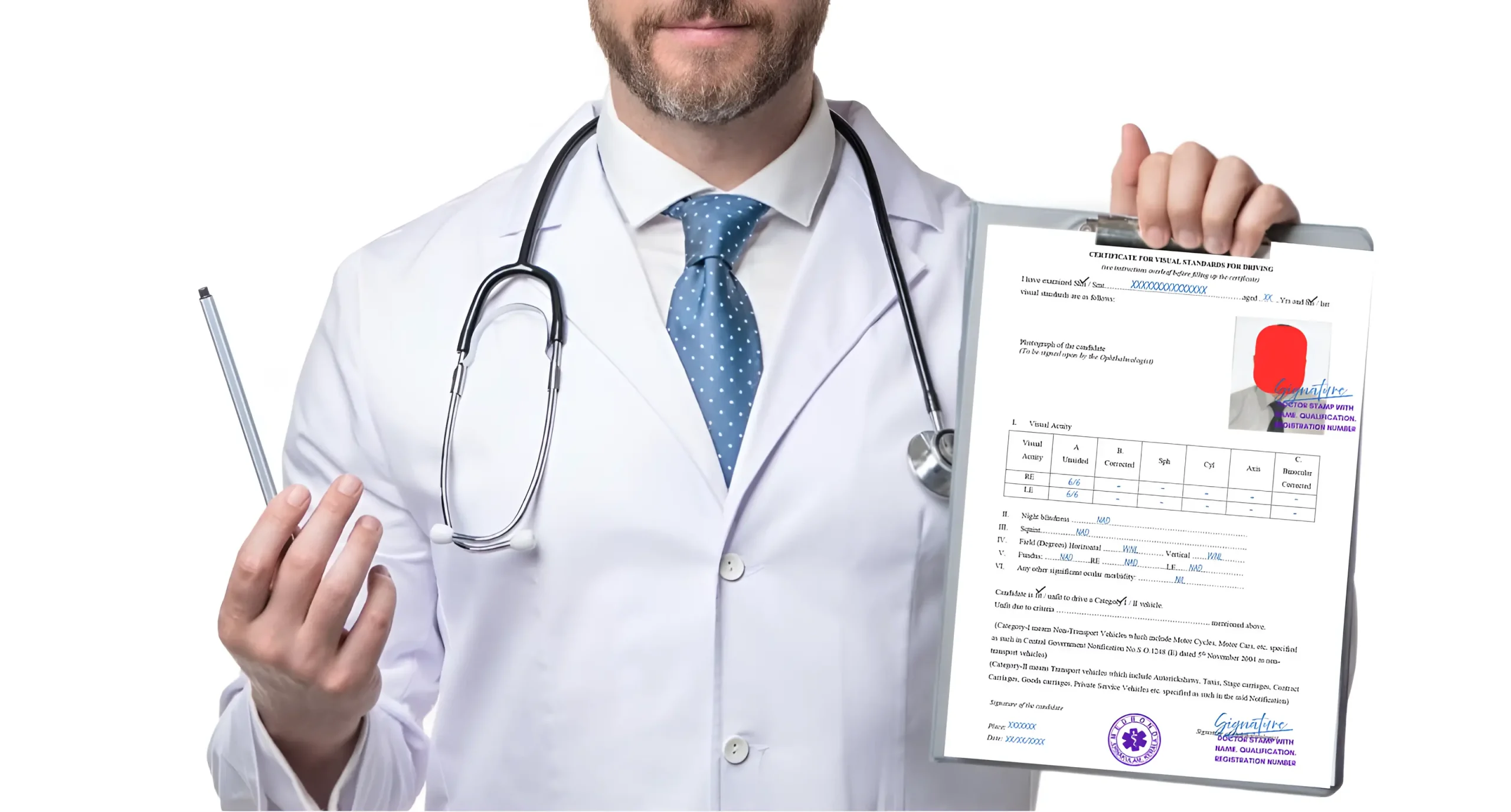We all know that it is very important to read the lesson from the prescribed textbook first and then move on to solve questions. But numerous students feel that reading the lesson from a textbook is not vital. Students believe that reading textbooks are dull and time-consuming. Several learners believe that memorising the questions and answers from the textbook is sufficient for passing the exam. Students think textbooks are question booklets that are part of the academic programme. We have included details on how studying a textbook aids pupils in their academics in this handout.
Start with Summary
It is the human tendency that we tend to read the lesson from the start. But, while reading a chapter, it is advisable to read the summary that is given at the end of the chapter first and then start with the lesson. Reading the summary or synopsis of the chapter helps to know what the lesson is all about and develops interest among the students. The eagerness and curiosity toward the concept to know more also increases. By doing this, one will also get to know about the difficulty level and can allocate the amount of time required to complete a lesson. One can also go through the english questions given after an English chapter, which also helps the students to have a grip on the type of questions asked from that lesson. This technique helps the students to know how much effort must be put into a particular chapter. A brief idea and weightage of the lesson are understood at the initial level itself.
Pause at Doubts
While reading the lesson from the textbook, hundreds of doubts emerge before students. These doubts can be related to the concepts, topics from the previously learnt chapters, new English words and many more. Whenever a learner comes across the doubts, one must stop reading and clear the doubts. If it is a new word, then refer to the dictionary for meanings; if it’s from the previous chapter concepts, then go back to the chapter and clarify it. It is something tough that one is unable to understand from any source, then mark that concept or line from the book and can be solved by asking teachers or friends. Heading forward without clearing the doubts then and there itself is a mistake made by the learner, which will be carried out till the end of the chapter, and ultimately, the whole lesson will be misunderstood.
Highlight the Vital Points
Make a list of the important details that connect the concepts. Taking down the notes while reading the lesson is a vital step of the learning process. Each subject will have a different atmosphere, and the key points must be noted according to the subject. In history subject, major individuals, locations, and dates frequently make up the key information. Grammar rules are typically the most crucial details in grammar and English literature. Compare the notes written chapter’s end-of-chapter questions. These key points help in revising the day before the examination.
Solve Questions
The questions given at the end of every chapter play a key role in revising the chapter. By solving these questions, students will have a deeper understanding and also will get an idea of which topics need more effort. For instance, solving the commerce Q&A after finishing a commerce chapter will help the students to know the points that are to be revised again. This process acts as the key step to moving to the next chapter. We all know that in an examination, only a small number of direct questions are asked. The majority of the questions on the exam are indirect and are chosen between the lines of the textbook. As a result, when a student reads the textbook, they will be able to correctly answer the questions, and they will also be able to write in their own words, which will improve their writing skills. Critical topics might be skipped if students rely only on the questions provided after the lesson, resulting in minimal scoring.
Textbooks are an integral part of every academic programme. Reading textbooks is a simple way to expand one’s vocabulary, command of the language, and understanding of subjects. Textbooks are a student’s first source of information, followed by other sources of information. Reading the material will clear any doubts or questions students may have—this aids in the student’s overall development.





